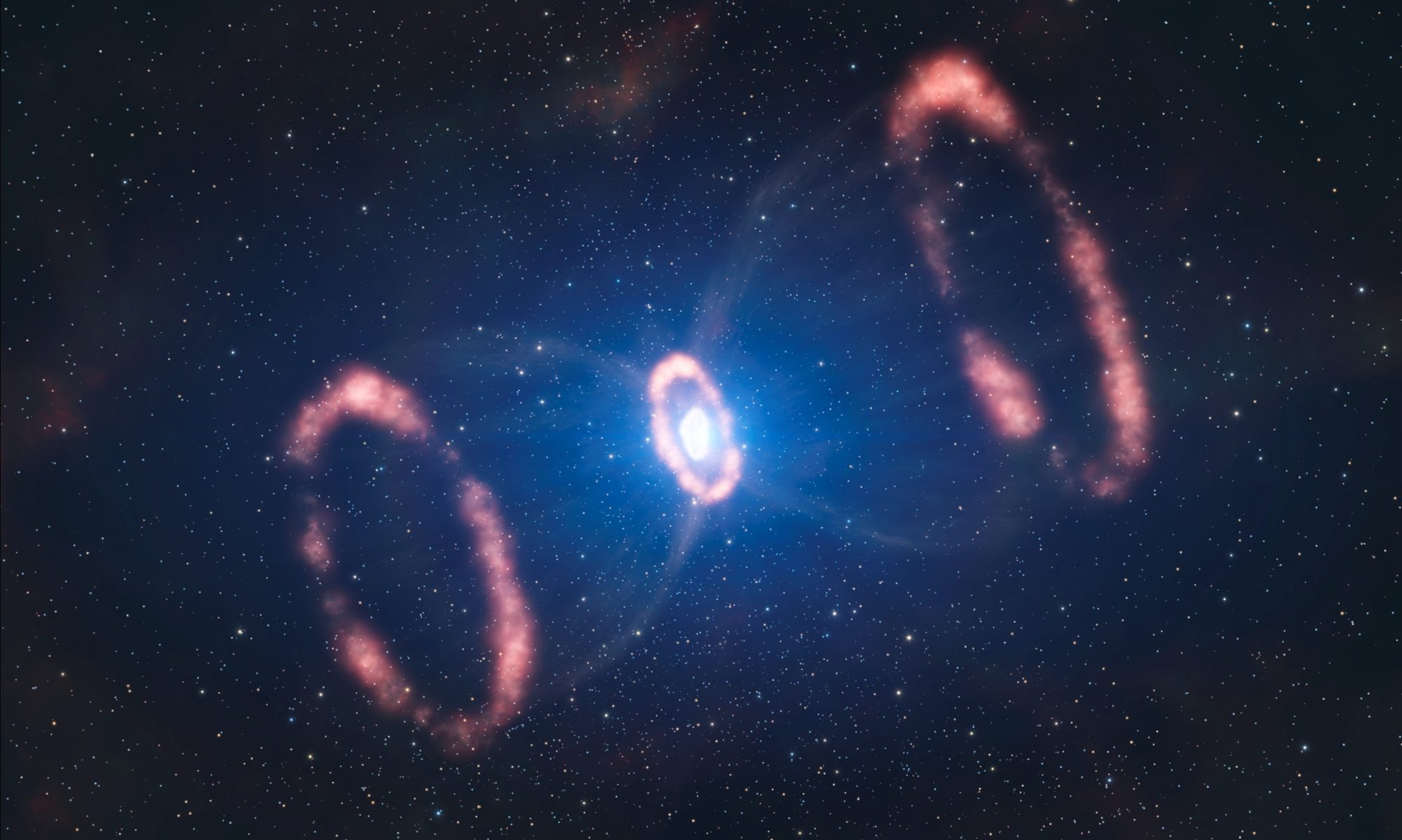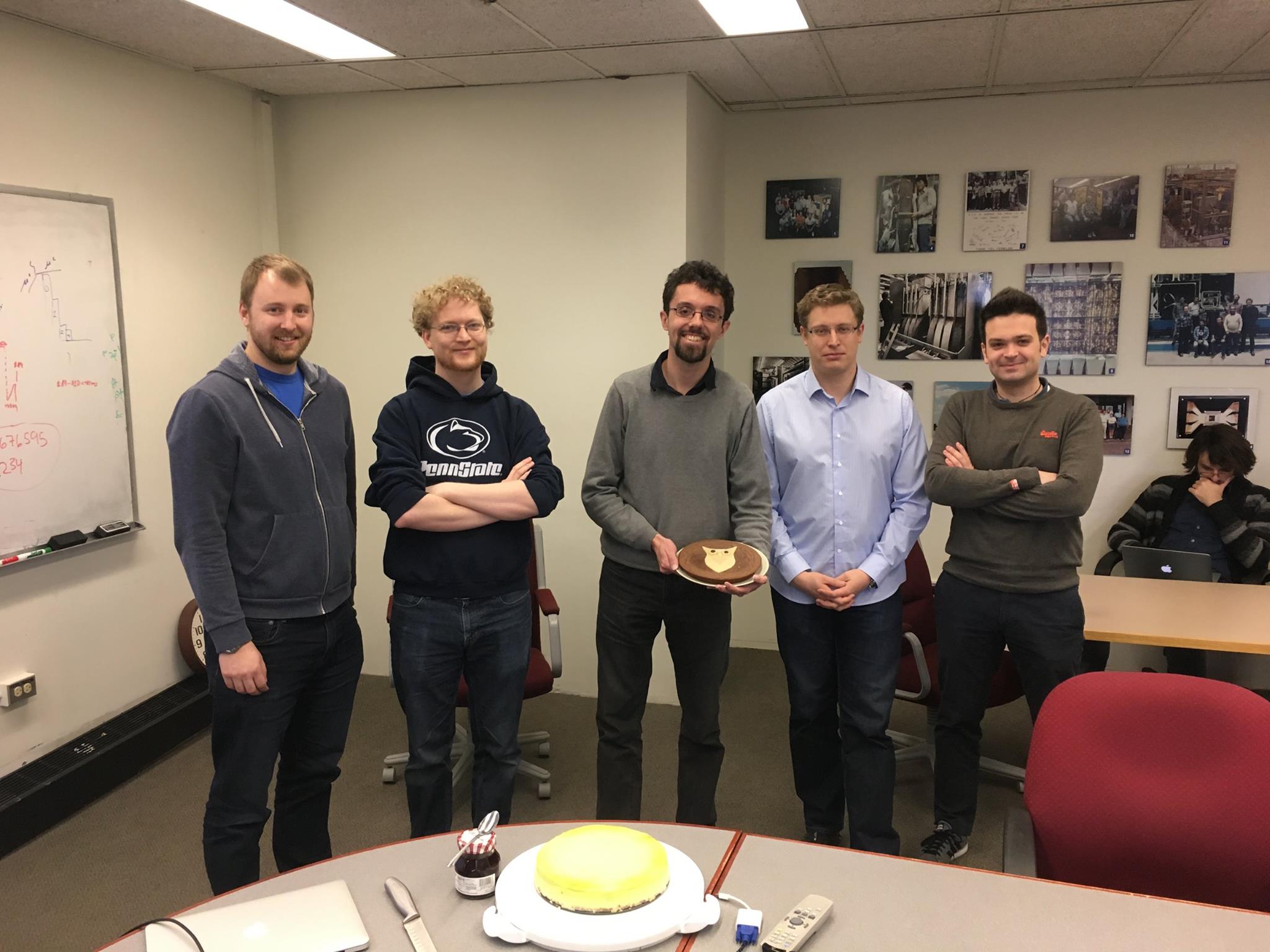Pip Hamilton is finishing up his stint as MicroBooNE Run-Coordinator. This is an important job that the experiment depends on for smooth operations. This past week the transition was marked with the ceremonial cake, owl-themed in Pip’s honor. Job well done!
The “Bird Plot”
Jessica Esquivel gave a very nice update last week at the MicroBooNE collaboration meeting about her work to use “deep learning” tools to separate muons and pions in the CC-Inclusive cross-section analysis. She included this animation, which shows a “deep learning” algorithm learning how to distinguish between five different particle types. This work was done using the SUrge GPU cluster at Syracuse University.
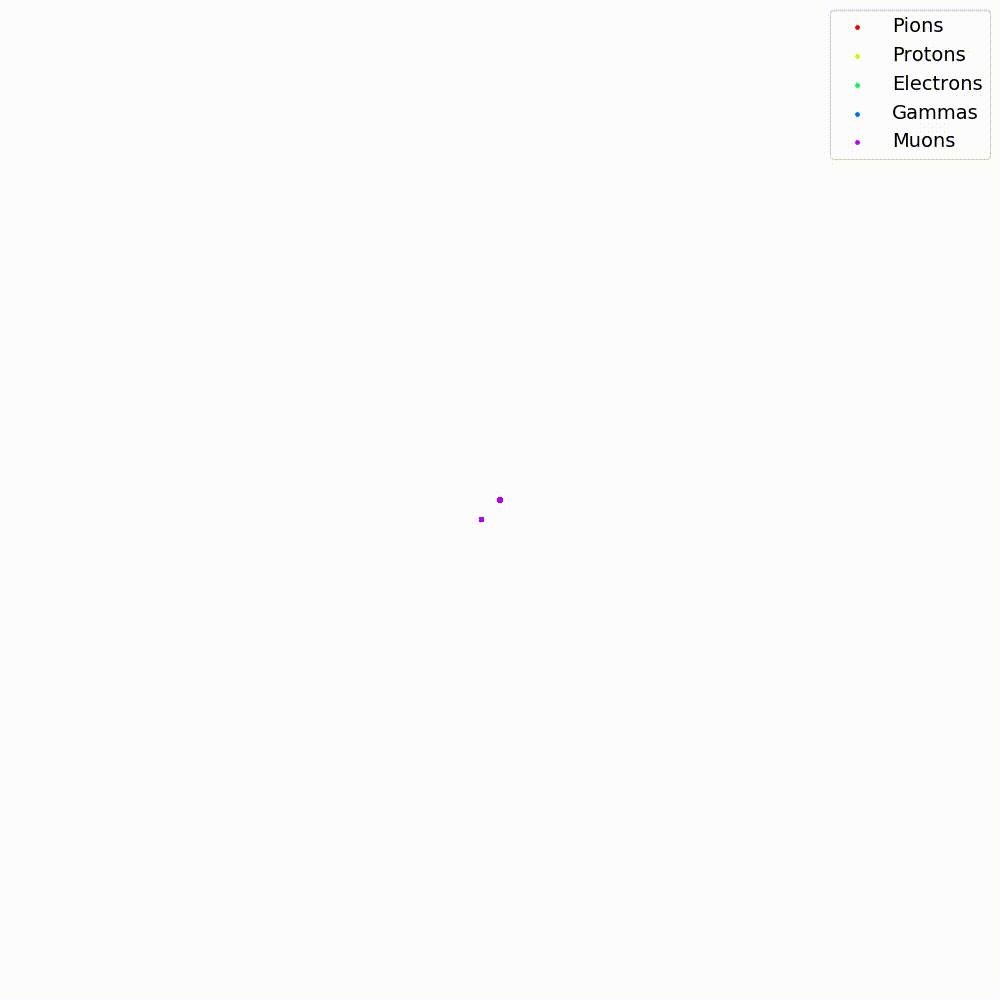
Syracuse joins NOvA
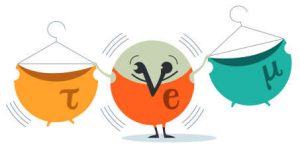 Syracuse University has now officially joined the NOvA experiment. Prof. Whittington has been a member of NOvA since 2013 when he joined through Indiana University as a postdoctoral researcher. This weekend, Whittington successfully petitioned the collaboration to add Syracuse University to its ranks. He and graduate student Abhilash Yallappa Dombara are the first NOvA collaborators from the neutrino group. They will initially focus on understanding the neutrino and antineutrino composition of NOvA’s antineutrino-mode data, crucial to improving the precision of neutrino oscillation physics measurements.
Syracuse University has now officially joined the NOvA experiment. Prof. Whittington has been a member of NOvA since 2013 when he joined through Indiana University as a postdoctoral researcher. This weekend, Whittington successfully petitioned the collaboration to add Syracuse University to its ranks. He and graduate student Abhilash Yallappa Dombara are the first NOvA collaborators from the neutrino group. They will initially focus on understanding the neutrino and antineutrino composition of NOvA’s antineutrino-mode data, crucial to improving the precision of neutrino oscillation physics measurements.
Specialists gather to discuss noble element detectors
The third LIght Detection in Noble Elements (LIDINE) conference, held at SLAC Sept. 22-24, brought together specialists in noble element-based detectors from across the dark matter and neutrino communities. Experts shared new developments in harnessing the scintillation properties of argon, xenon, and other noble elements to study weakly-interacting particles. Prof. Whittington co-chaired the conference and presented new findings on the scintillation properties of liquid argon-xenon mixtures that could lead to enhanced particle detection capabilities in the next generation of liquid argon neutrino experiments.
ArgoNeuT event in the CERN Courier
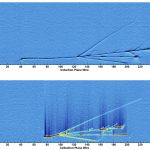
The current edition of the CERN Courier features a very nice article by Prof. Ulrich Mosel about the importance of improving the modeling of neutrino-nucleus interactions. An event display from ArgoNeuT is included to illustrate the complexity of such interactions. Here’s that same event, showing the Collection plane view too! It’s most likely a deep-inelastic scattering event, with what appears to be a very interesting backwards-traveling proton.
